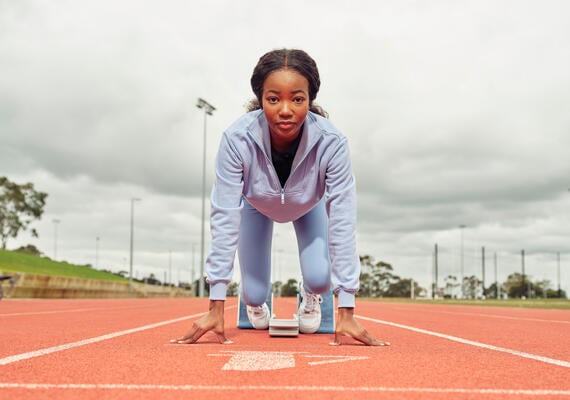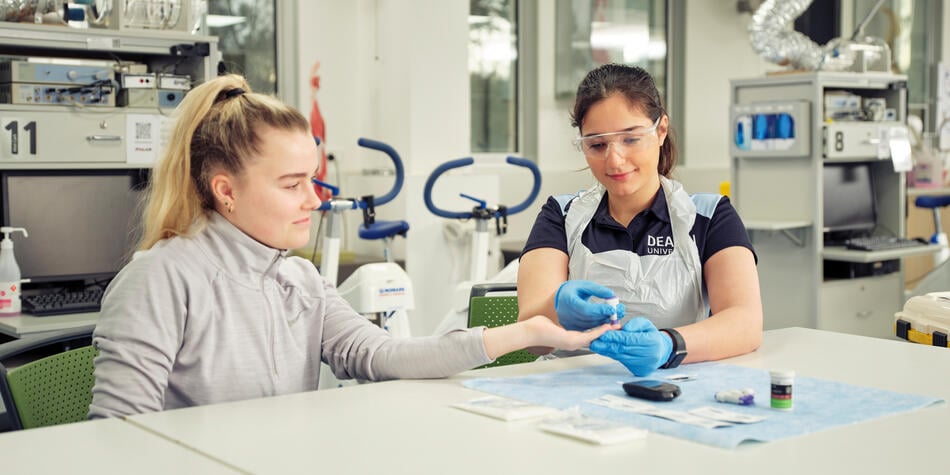How excellence drives success at Deakin
Deakin is well known for its achievements in sport education and research. In fact, we were recently named the world’s best – for the third time – by the ShanghaiRankings Global Ranking of Sports Science Schools and Departments. Dr Hoffmann says this success is no accident, but the result of Deakin’s leading academic and industry experts and investment into facilities.
‘Deakin strives for excellence in all areas of sport – from the high-quality teachers and industry experts to the world-class facilities at both our Burwood and Waurn Ponds campuses. We also have some of the most highly regarded researchers in their respective fields driving our research programs and leading our research groups. I think all these qualities combined have contributed to Deakin’s continued recognition as a world leader in sport.’
Deakin gives you the opportunity to explore your options
Deakin’s range of sport offerings also gives students that all-important opportunity to explore their options, says Dr Hoffmann.
‘Deakin students have the flexibility to choose from a broad range of sport courses and subjects so they can tailor their studies to really suit their needs, preferences, and preferred career paths. They also learn from leading experts across a range of disciplines, have access to high quality facilities that will prepare them for future jobs in sport, and build connections with the sport industry through Deakin’s industry network and student placement providers.’
Interested in learning more? Find out more about Samantha's research.
Ready to start your journey in sport? Browse our world-class sport courses today.


